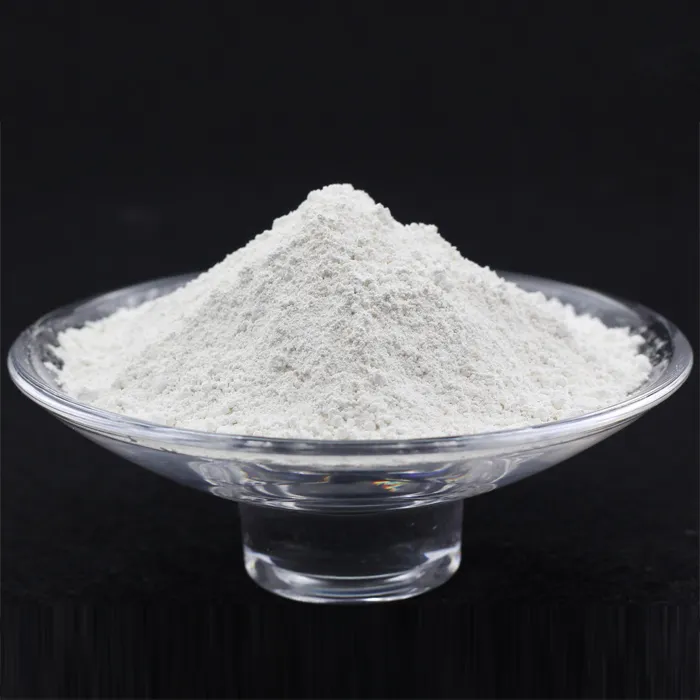The Role of Chemicals in Water Purification
Water is a fundamental resource for life, yet access to clean and safe drinking water remains a challenge for millions around the world. To ensure the water we consume is free from contaminants and safe, various chemicals are utilized in the water purification process. Understanding these chemicals and their roles can help us appreciate the importance of proper water treatment.
One of the primary chemicals used in water purification is chlorine. Chlorine is widely recognized for its effectiveness in killing bacteria, viruses, and other pathogens in water. When added to water, it reacts with organic matter and other contaminants, creating a disinfectant that significantly reduces the risk of waterborne diseases. However, excessive chlorine can lead to the formation of harmful by-products, such as trihalomethanes (THMs), which can pose health risks. Therefore, water treatment facilities must carefully monitor chlorine levels to balance safety and health.
Another crucial chemical in the water purification process is alum, or aluminum sulfate. Alum acts as a coagulant, helping to remove suspended particles and impurities from water. When added to turbid water, alum binds with dirt and organic matter, forming larger particles known as flocs. These flocs are then easier to remove through sedimentation and filtration processes. The usage of alum not only clarifies the water but also contributes to improving its taste and odor.
Ozone is another powerful disinfectant used in water purification. It is a strong oxidizing agent and is more effective than chlorine in eliminating certain microorganisms. Ozone is generated on-site using electrical energy, making it a highly efficient method for disinfection. Unlike chlorine, ozone does not produce harmful by-products and decomposes back into oxygen, making it an environmentally friendly choice. However, due to its instability and the need for specialized equipment, its use is more common in advanced water treatment facilities.
what chemical is used in water purification

Activated carbon is also an essential component in water purification. This chemical is primarily used for removing chlorine, taste, odor, and organic chemicals from water. The porous nature of activated carbon allows it to adsorb contaminants, effectively cleaning the water without the addition of chemicals that can leave residues. Because of its ability to improve the taste and quality of drinking water, activated carbon is commonly found in household water filters as well as in larger municipal treatment plants.
Another essential chemical is sodium hypochlorite, a chlorine compound often used in disinfection processes. It presents a safer alternative to gaseous chlorine and is easier to handle. Sodium hypochlorite is effective in killing bacteria and viruses, making it a staple in many water treatment programs. However, it's essential to monitor its concentration, as excessive amounts can lead to adverse effects in the treated water.
Lastly, hydrogen peroxide is gaining recognition as an environmentally friendly oxidizer in water treatment. It is used for removing odor, taste, and color from water and can effectively eliminate organic contaminants. Its decomposition leaves no harmful residues, making it a desirable option in modern water purification systems.
In conclusion, the process of water purification is complex and relies on various chemicals to ensure that our drinking water is safe and clean. Chlorine, alum, ozone, activated carbon, sodium hypochlorite, and hydrogen peroxide play significant roles in treating water, each contributing to the overall quality and safety of drinking water. As global water challenges persist, continuous innovation and proper application of these chemicals in water treatment will be vital in securing access to clean water for all.

